Creating a user persona (also known as buyer personas or customer personas) is a great way to help you gain insight into who your customers are, and what they want. This allows you to personalize your products and marketing content towards what they really want, not what you think they want, driving sales and customer satisfaction. A user persona template is the easiest way to do this. It will ensure you focus on collecting the right info to create a well-rounded representation of your customer.
So let’s dive in and find out how to create a user persona using our free, collaborative template.
What is a user persona template?
A user persona template is simply a way of compiling customer data to create an accurate, visual representation of your ideal customer.
Although a user persona is a fictional character, it should be based on actual research and insights you have gathered from your existing customer base. Extrapolating this data to create archetypes allows you to visualise your customers, building empathy in a way pure demographics cannot.
Having the right data is the crucial first step towards creating a great customer persona. There are a number of ways to collect data about your target group such as interviews, surveys, using customer enquiries and feedback, reviews and focus groups.
The more in-depth the data is, the more it will reveal about the psychological and behavioral habits of your customer base. The more in-depth the research is, the more it will reveal about the psychological and behavioral habits of your customer base.
The most useful time to create user personas is during the discovery and analysis phase. This will ensure that throughout the product’s creation, you’ll always keep your intended customers in the back of your mind.
How to use a user persona template?
We’ve created a handy template for you to use to complete your buyer personas. Simply open it up and it’ll guide you through building a persona.
And best of all, you don’t have to do it alone. Share the board with your team so everyone can share their inputs from multiple points of views.
Working your way through the template, complete the following sections for each persona:
Photo
Use a stock photo or sketch to illustrate your customer persona. This will help you build more empathy as you can picture a real customer.
Demographics
In this section give them a name, an age, and a likely profession
Goals
Think about the users short term and long terms goals in life, whether it be career focused, family values, financial goals or societal values such as reduce poverty or stop global warming.
Quote
If you have conducted market research or customer feedback surveys, find a quote that relates to this persona and reflects their values and needs. If you don’t have any actual quotes, you can invent one that focuses on their personal goals and attitudes. Eg: “I only buy products that promote sustainable production.”
General description
This is where you can really flesh out your user’s personality. Using data from your existing customers, try to identify character traits such as habits (eg: hard-working, sensible, practical, ambitious, healthy, early-adopter); values (eg: sustainability, vegan, plastic-free, equality, family-focused) and behaviors (eg: where do they shop, what hobbies do they have, where do they get their news from, are they savers or spenders)
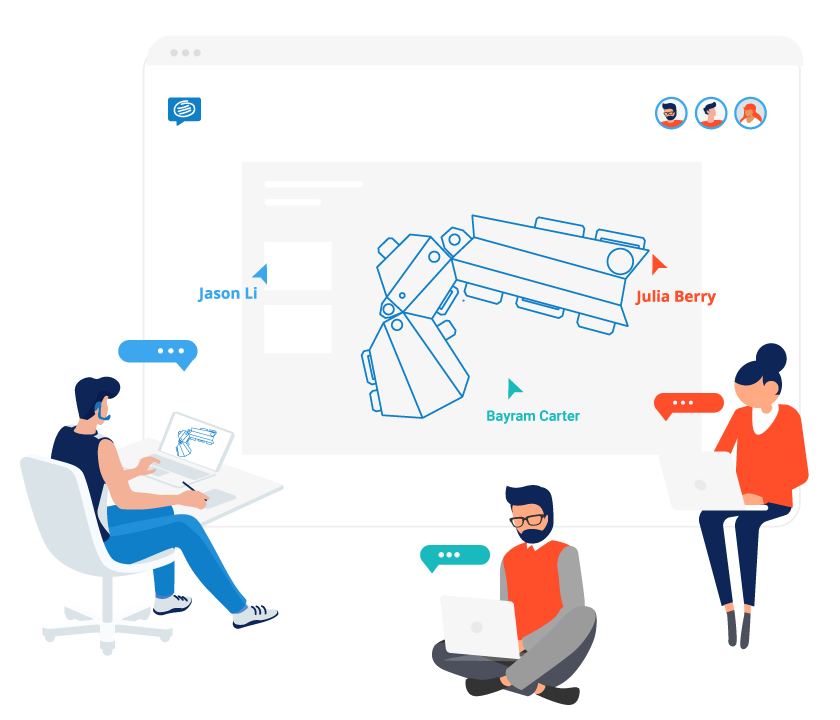
Discover visual collaboration
Motivations
What are their needs and wants from your product or service? They might be looking for something that is value-for-money, reliable and locally-made, or perhaps something with the latest tech, great customer service, and stylish design. These motivations often stem from their frustrations in the next section.
Frustrations
What are their existing frustrations? These pain points might be related to existing products in the market or more general frustrations in daily life. Eg: “They don’t have time to go to physical stores”, or “They don’t trust online reviews”.
Favorite brands
What are the brands the customer likes, uses, or connects with regularly? This can be where they shop, what they buy, and where they access information. Then you can try to highlight what these brands have in common and how you can learn from them, or partner with them.
These personas are detailed descriptions of one segment of your customer base. Of course not every single customer in this group will match every characteristic of your persona, so don’t focus too much on any minor irregularities. The key is that by creating this segmented group it allows you to think about them in a human way rather than as a collection of data points.
When to use a user persona?
A user persona is a great tool when it comes to truly understanding your customer. Personas can help to evaluate if the activities and strategies that are in place are correct or if a course correction is needed. Personas find application in a variety of use-cases across functions. These include
Marketing
Personas are used by marketers of all stripes to at the start of a project in order to aggregate the attributes of the core customer. This enables better visualization and humanizes the target audience. After all, products and services are built with real people in mind! A buyer persona is created after extensive ethnographic research and provides a ready reference for marketing strategy. Be it product features, media planning or communication planning. Have a look at our 4Ps of marketing template to better visualize your marketing strategy.
UX Design
User personas are also used extensively in UX design. It helps designers focus on the big picture and always keep the end user in mind when designing a user experience. This is especially true for goal oriented design. Each user group is represented as a persona and shared with the team and stakeholders.
Planning and Strategy
Creating a customer persona should be core to business strategy and planning. Providing an ideal view of the target audience places the customer at the core of business offering. In today’s competitive landscape, focus on the end user can be the greatest competitive advantage in a brand’s arsenal.
Through this exercise, you might find you need to alter your existing strategy based on a new discovery. But ultimately it will help you create targeted products, and services that ultimately sell themselves, as they solve your customers exact pain points, speak to their interests, and align with their goals.
Don’t forget to regularly update your user persona as your product changes, or if the market shifts.
To gain further customer insights, make sure you check out the other useful templates such as the Customer Empathy Map, Customer Journey Map and the Value Proposition Canvas.

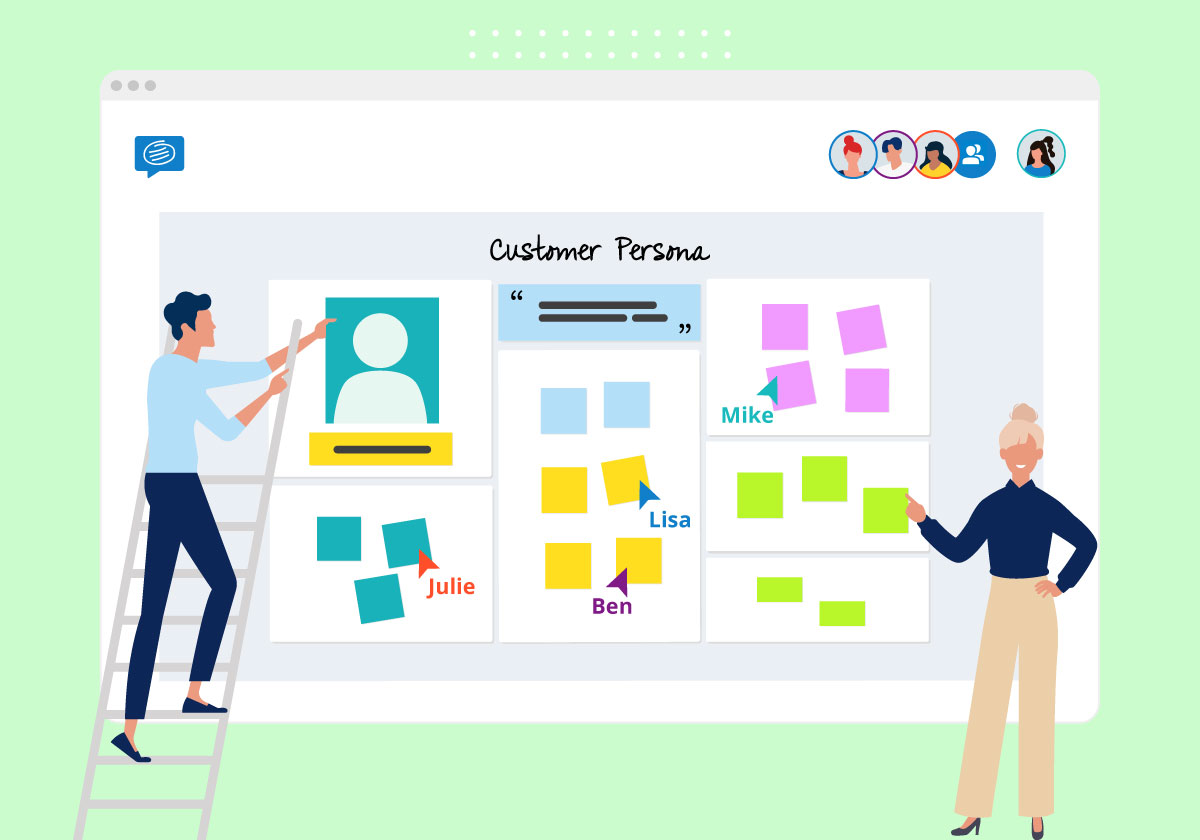
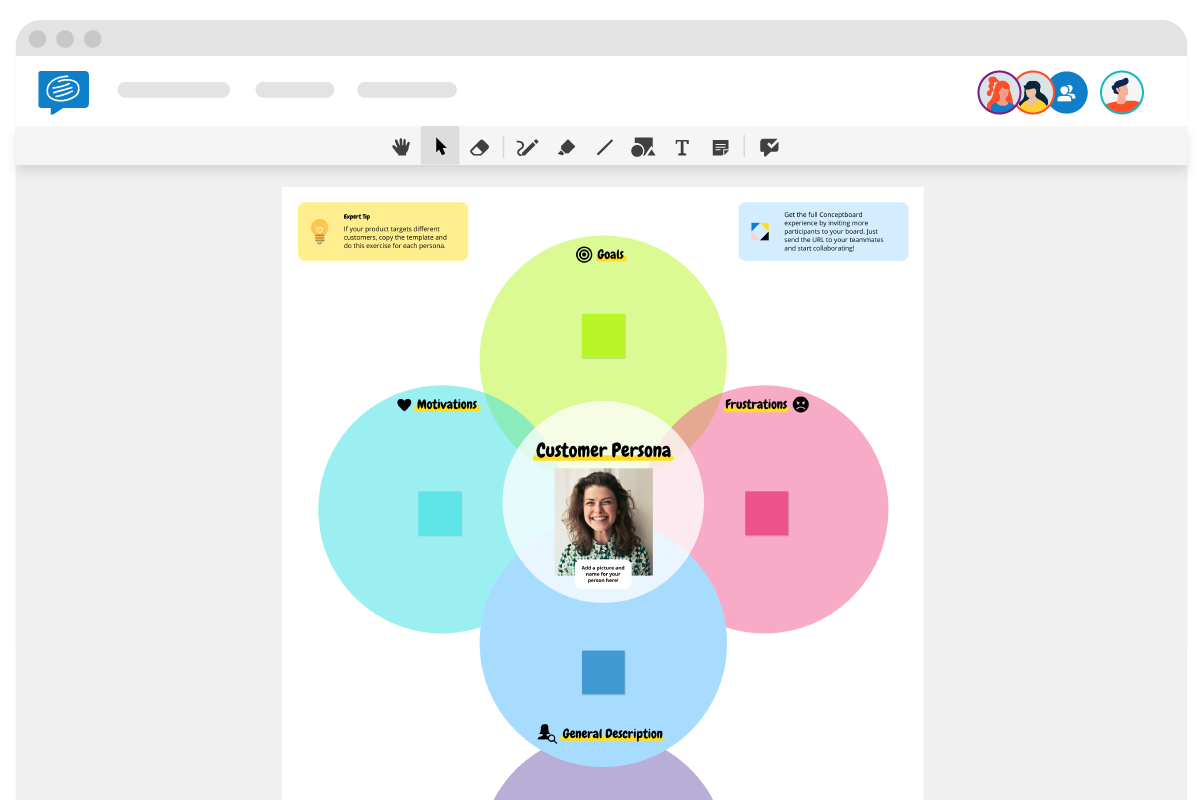

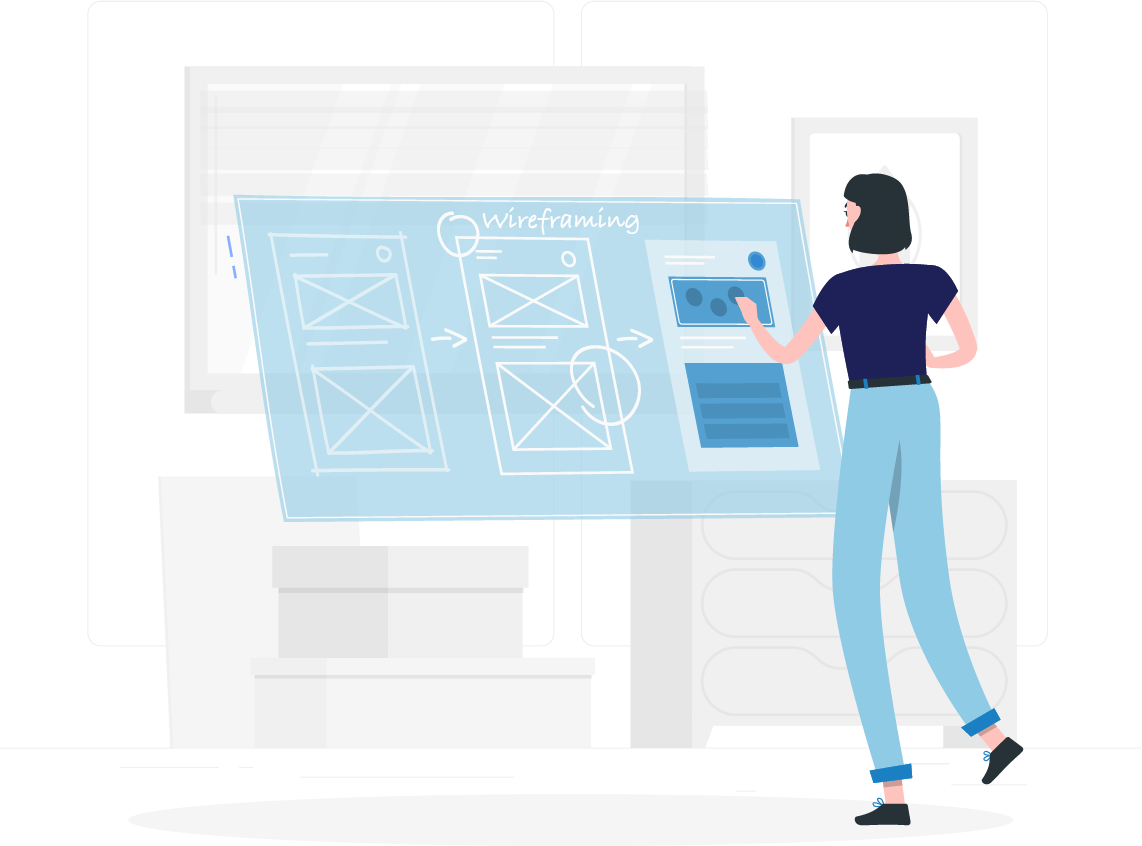
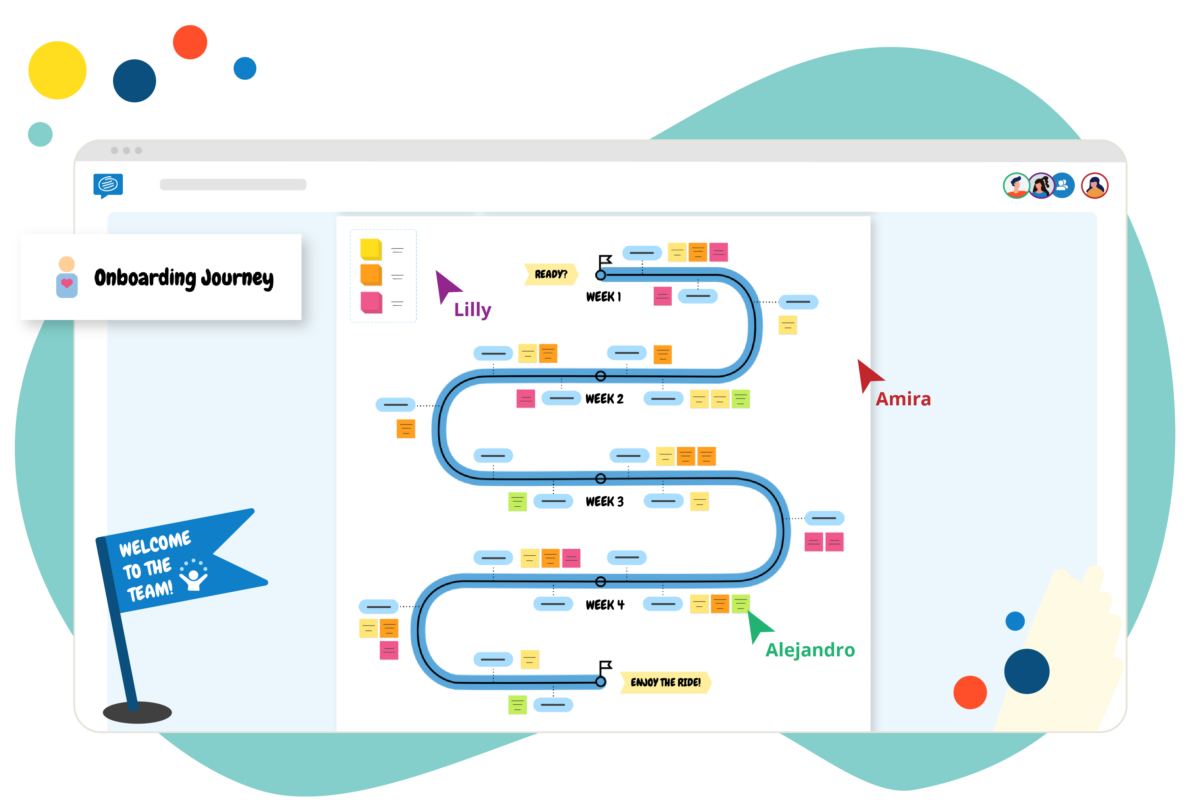
3 Comments. Leave new
Thank you
I think the link to the persona template is missing from this article? I cannot see the link anywhere?
Thank you! Somehow we missed that, I am sorry. Now the link is included.
Have fun while using!